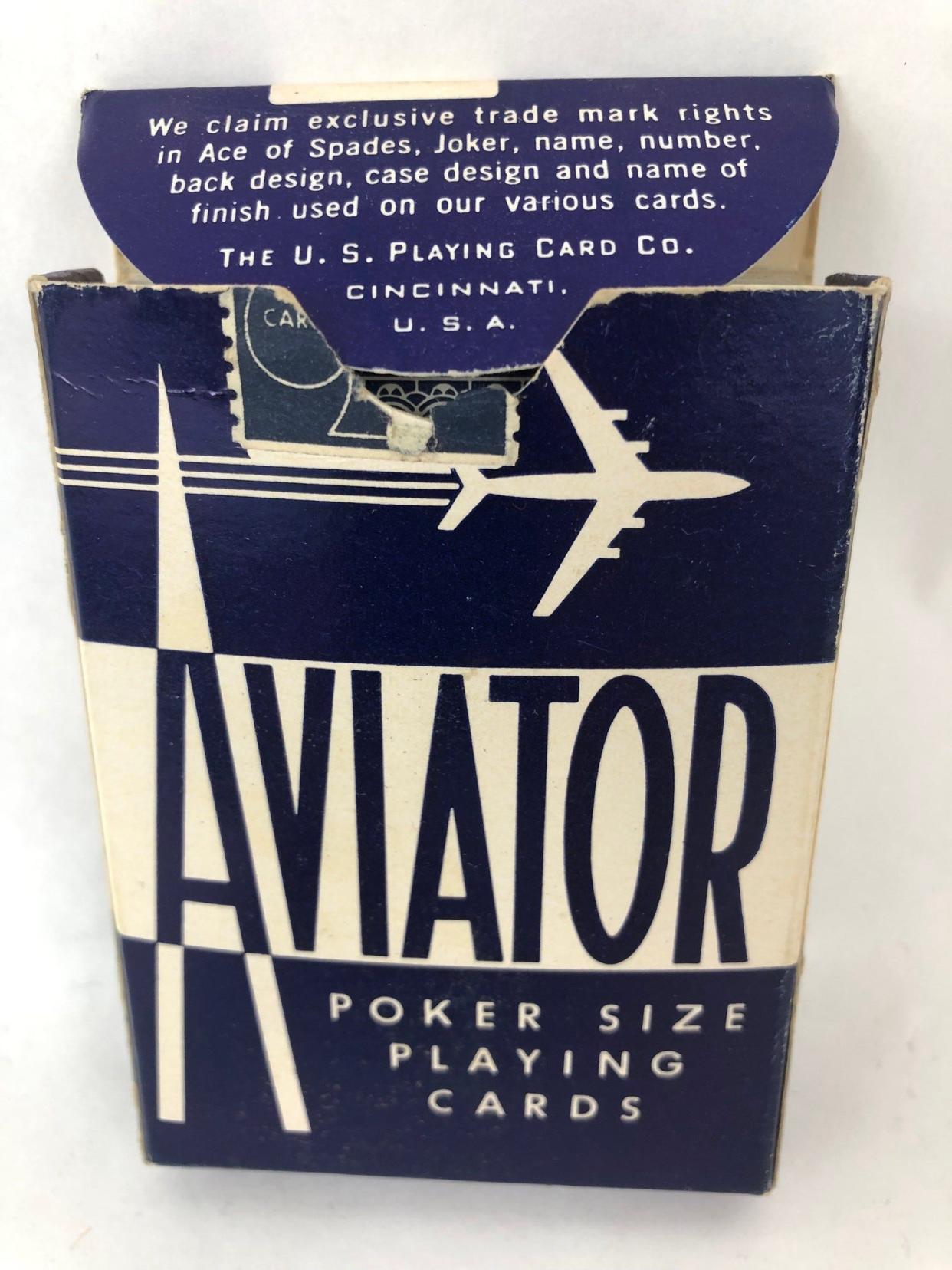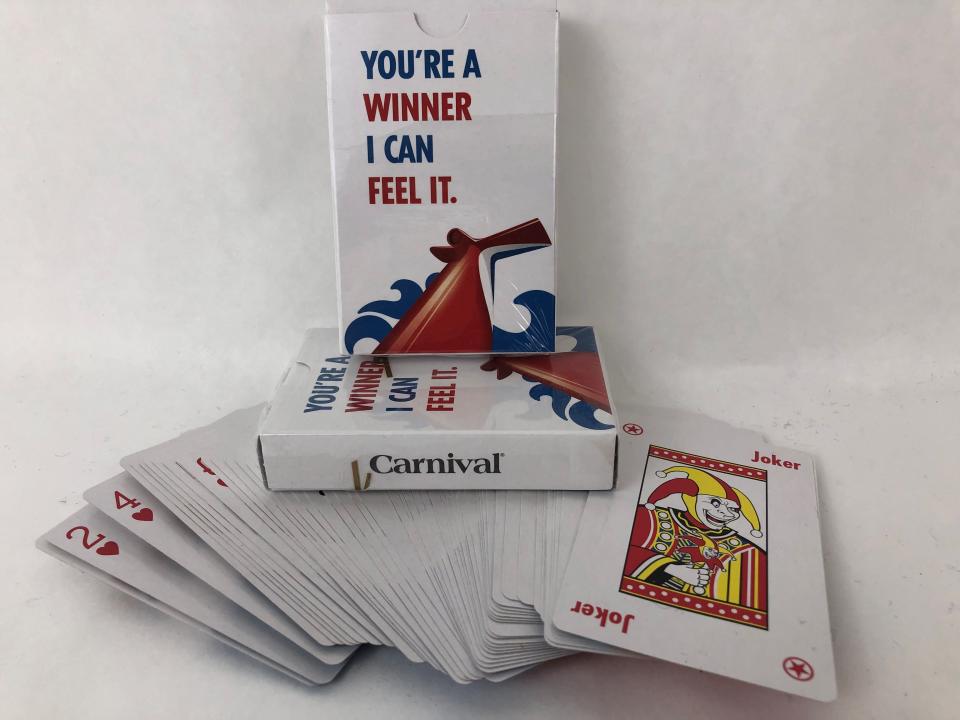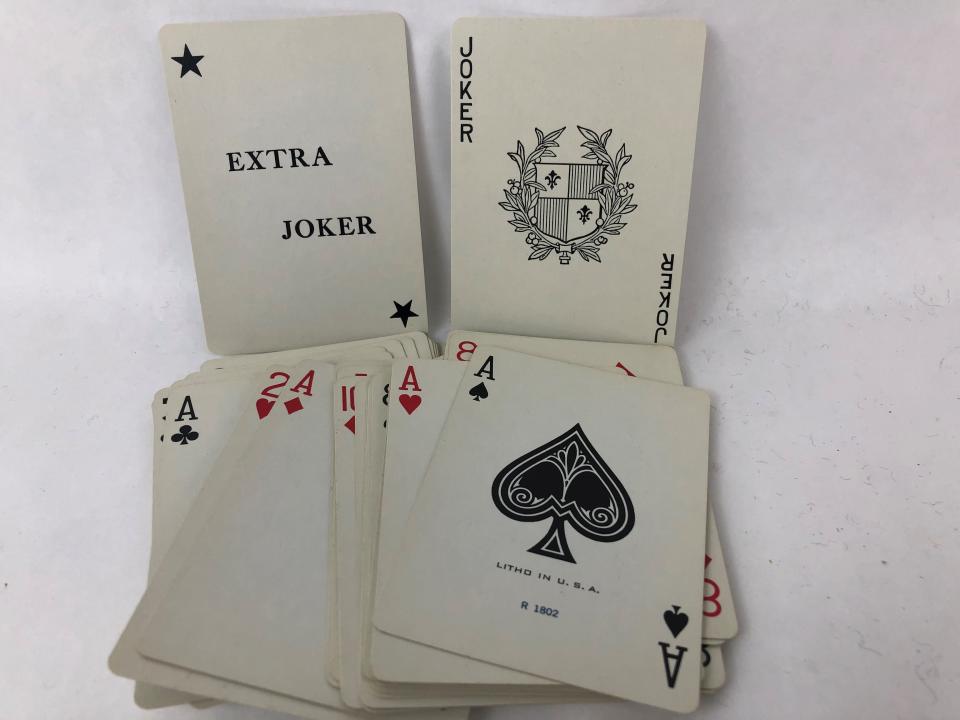Antiques: The games we play ... with cards

We humans like to play games — with a ball, with the dog, with our spouses. Most of us probably play games of some sort every day, and we have closets full of the stuff that allow us to do so. This stuff runs the gamut from simple to complicated, and sometimes they're both.
Take playing cards. We all have a pack or two lying around somewhere, ready to break out on an airplane or with friends over tea and cake. But did you ever stop and think about how playing cards came about? If not, here you go.
While the evidence is a bit murky, the origin of playing cards seems to date back at least 1,000 years. They may have come from China or perhaps Europe or maybe developed side-by-side in both regions. The first indisputable evidence of playing cards dates to a manuscript written in 1377 by a German monk. His narrative outlined several different card games and seemrd to reference a 52-card deck. Rather than the clubs, diamonds, hearts and spades we are familiar with today, early suits were coins, cups, clubs and swords. The royalty cards were kings, queens and knaves, the latter ultimately becoming known as jacks. These suits originated in Italy. Or maybe Egypt. No one quite knows.

Anyway, the earliest cards were hand-painted luxury items and well out of reach of the average peasant. However, as production techniques improved, the popularity of playing cards increased, and Germany emerged as a major producer of cards. Their decks featured 48 cards with a wide variety of suits, many still in use today. The queen was dropped in favor of a second knave, and the two was designated as the highest value card, knocking the ace from the deck.
A few years later, France picked up the game and contributed the idea of red and black cards within each suit. This allowed for the use of card manufacturing via stencils rather than monotone woodcuttings, causing production to soar. Many of their royalty cards were based on real characters, including Alexander the Great, Charlemagne, King David and Julius Caesar.
From France, playing cards made their way to England where further refinements were introduced. The suit names we use today were established there, and the ace of spades was given its unique standing.

From 1828 to 1862, all aces of spades had to be purchased from the Commissioner for Stamp Duties to ensure that the proper tax had been paid. To avoid counterfeits, these were often elaborately designed with the maker's name and amount of duty prominently displayed. Many of the details on royalty cards were also embellished during this period, although increased standardization in the latter half of the 19th century ultimately discouraged this trend. Thus, the cards you buy today look a lot like those played by soldiers back during the Spanish-American war.
And finally, we get to the US of A. While most early playing cards found in the States crossed the Atlantic from England, an American named Luis Cohen invented a means of simultaneous color printing and ultimately founded the New York Consolidated Card Company in 1871. He also popularized the use of corner indices to make for easier play. The addition of jokers as premium wild cards came about around the time of the Civil War, thus completing the evolution of the modern card deck.
So, whether your game is bridge or blackjack or hearts or solitaire, you're playing with a piece of history. Few objects can boast of such an interesting background.
Mike Rivkin and his wife, Linda, are longtime residents of Rancho Mirage. For many years, he was an award-winning catalogue publisher and has authored seven books, along with countless articles. Now, he's the owner of Antique Galleries of Palm Springs. His antiques column appears Sundays in The Desert Sun. Want to send Mike a question about antiques? Drop him a line at info@silverfishpress.com.
This article originally appeared on Palm Springs Desert Sun: Antiques: The games we play ... with cards

